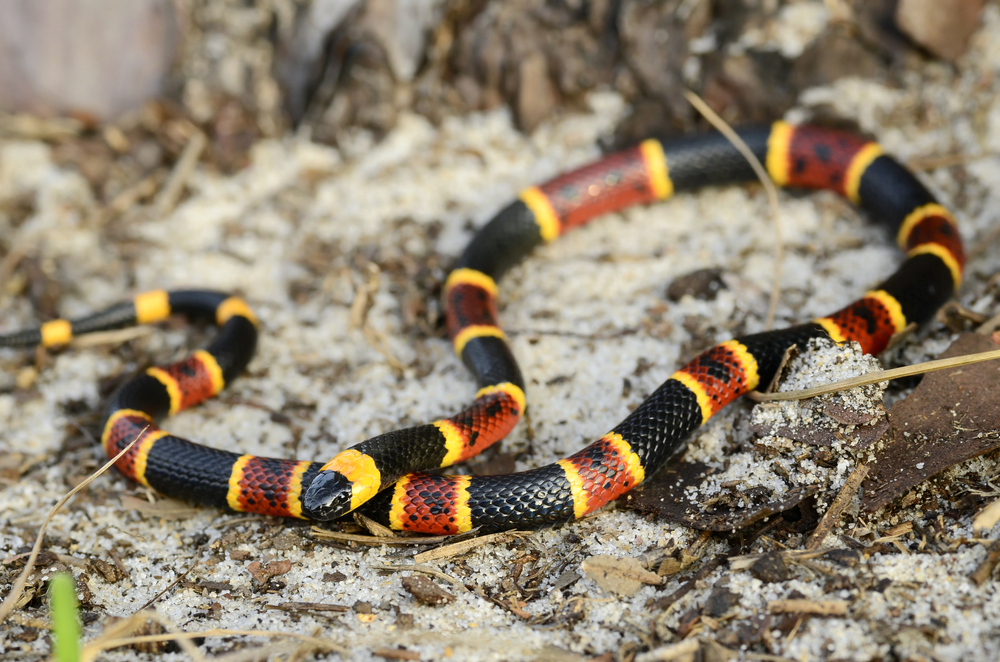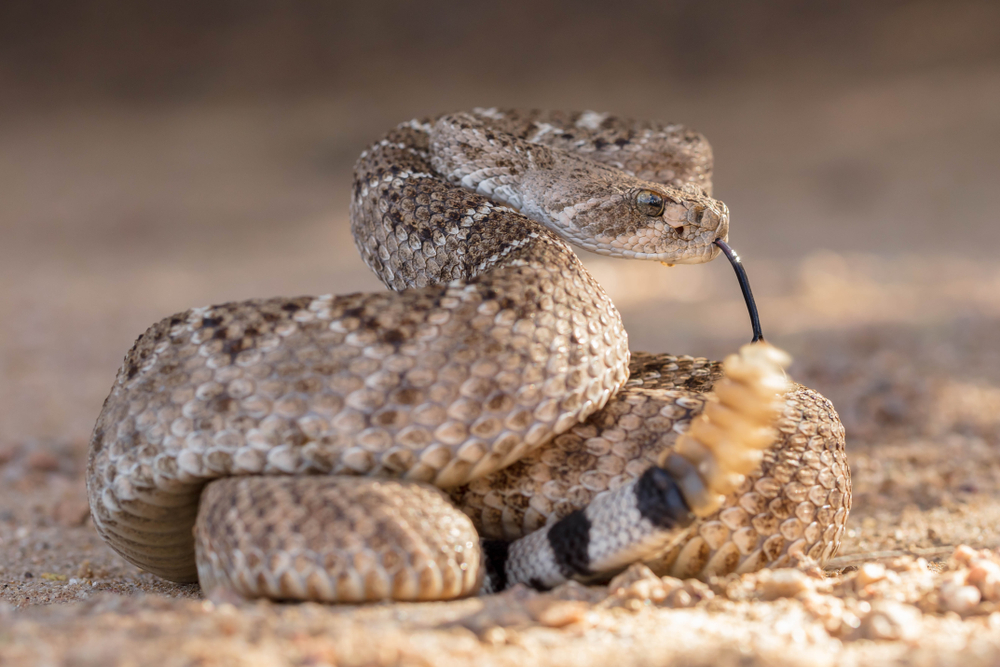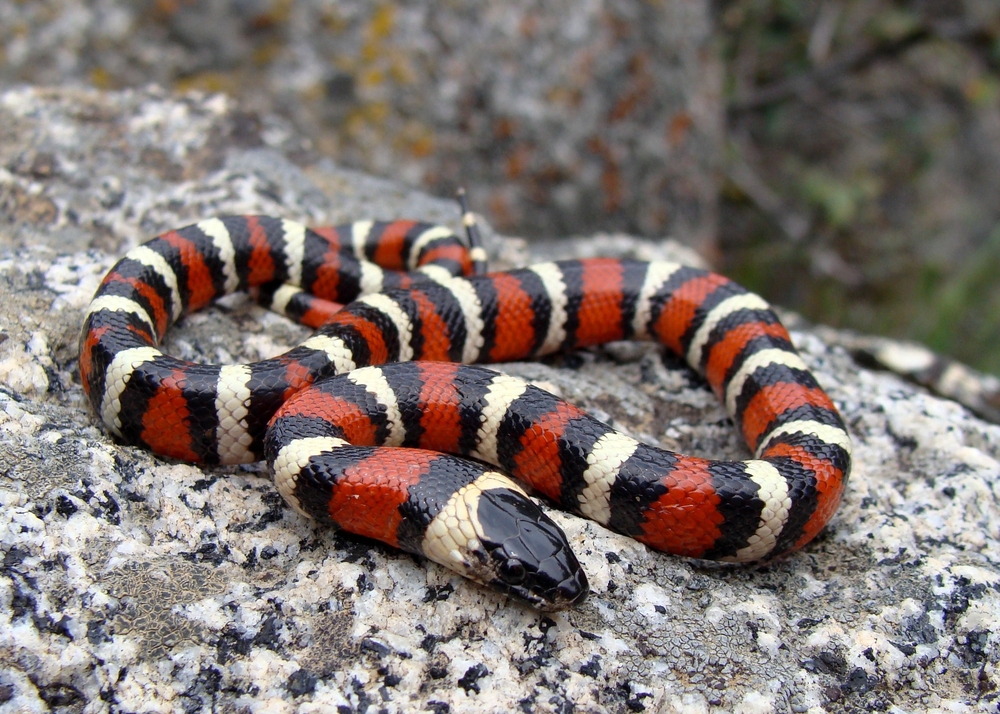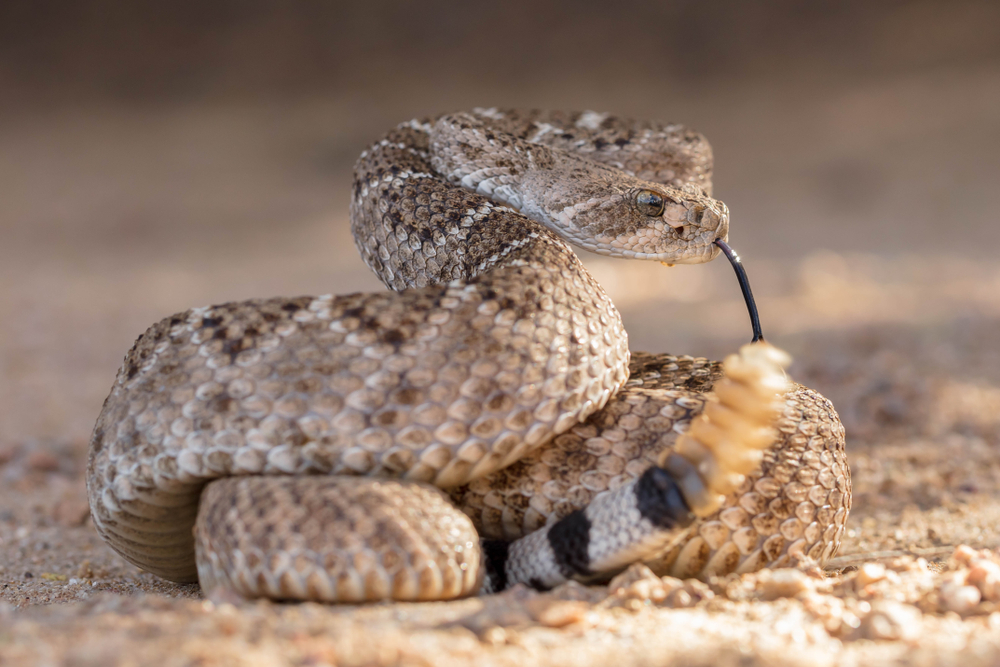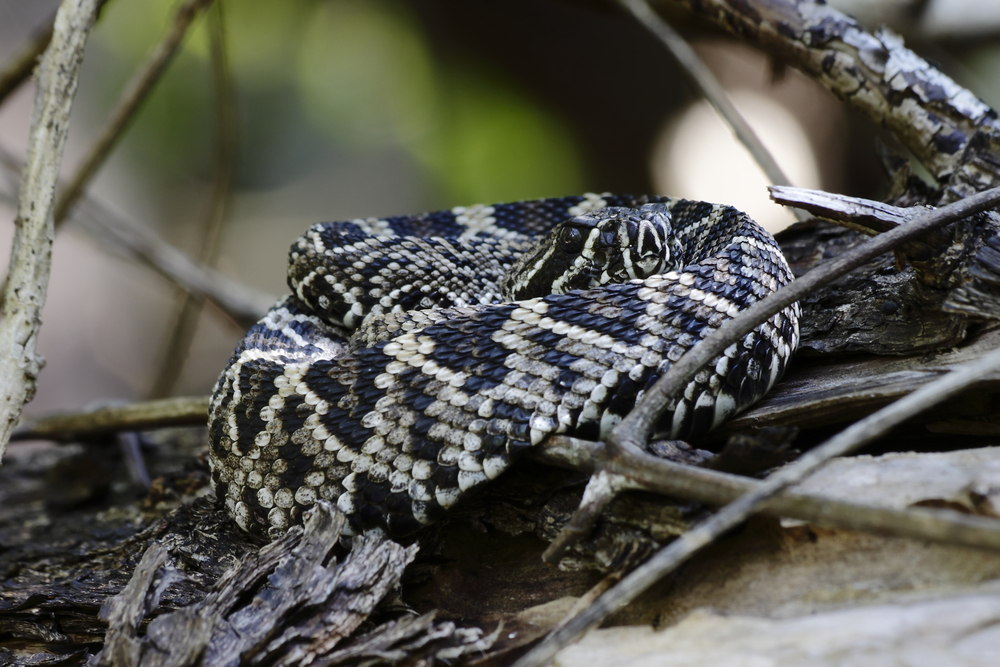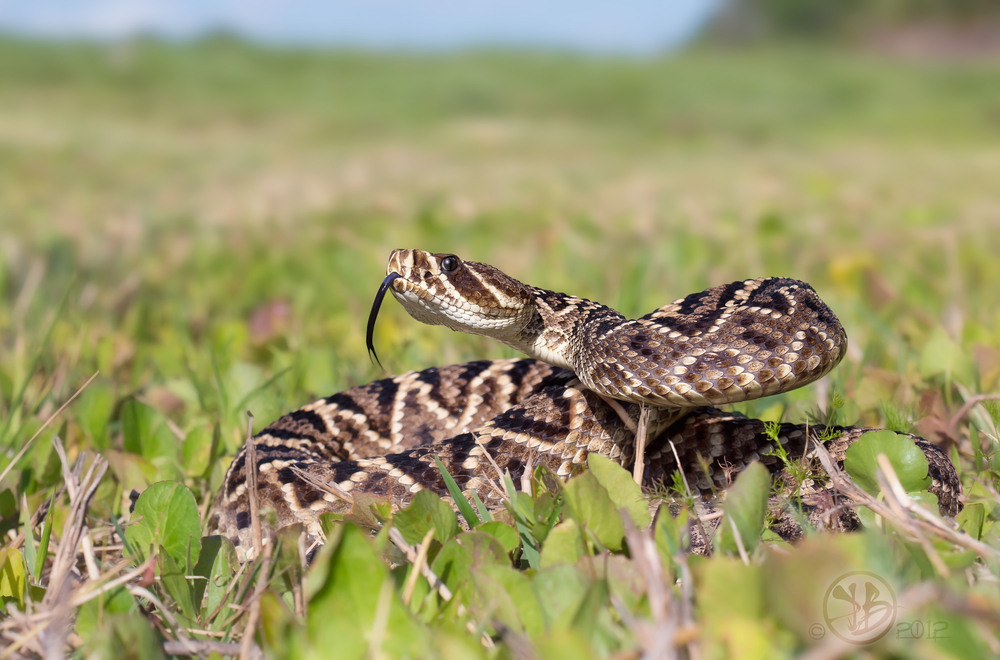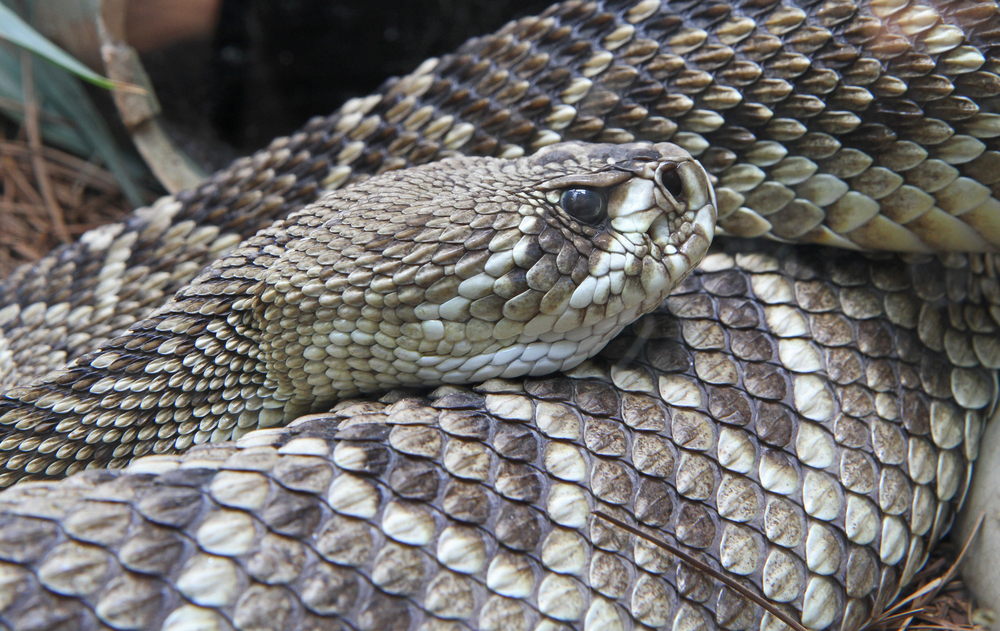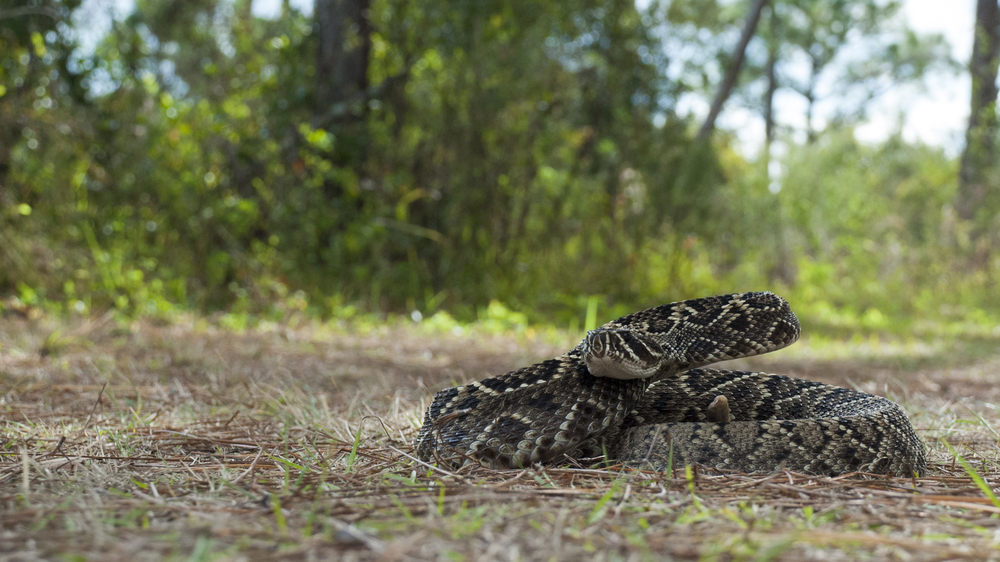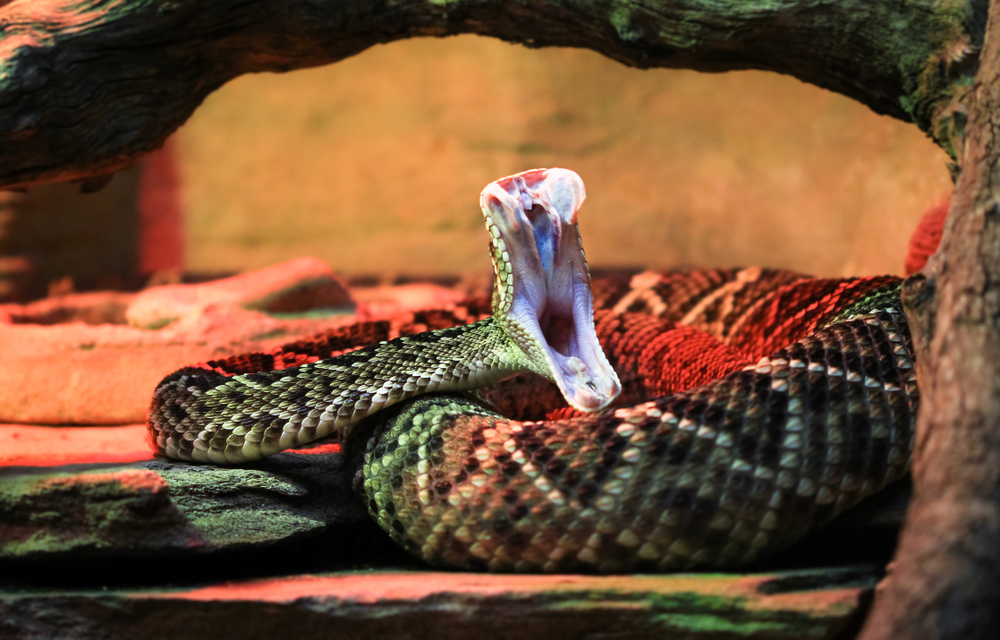The Eastern Diamondback Rattlesnake (Crotalus adamanteus) and the Western Diamondback Rattlesnake (Crotalus atrox) are both prominent species of rattlesnakes, but they have several key differences:
1. Geographic Range:
- Eastern Diamondback: Found primarily in the southeastern United States, including Florida, Georgia, South Carolina, North Carolina, Alabama, Mississippi, Louisiana, and parts of Texas.
- Western Diamondback: Its range covers the southwestern United States and northern Mexico, including Arizona, California, New Mexico, Texas, and Oklahoma.
2. Size:
- Eastern Diamondback: Generally larger, it is the largest rattlesnake species. Adults commonly reach lengths of 4 to 6 feet, with some exceeding 7 feet.
- Western Diamondback: Typically smaller than its eastern counterpart. Adults usually range from 3 to 5 feet in length.
3. Appearance:
- Eastern Diamondback: Characterized by a distinctive pattern of diamond-shaped markings bordered by lighter scales. It has a more robust body and a larger, more pronounced head.
- Western Diamondback: Also has diamond-shaped markings, but they are often less distinct. It features a banding pattern near the tail that is more contrasting than the Eastern Diamondback.
4. Rattle:
- Both species have a rattle at the end of the tail, used as a warning device. However, the rattle’s sound can vary slightly between species.
5. Habitat:
- Eastern Diamondback: Prefers dry, sandy areas, pine forests, and coastal dune ecosystems.
- Western Diamondback: More adaptable to a variety of habitats, including deserts, arid regions, grasslands, scrublands, and rocky outcrops.
6. Behavior:
- Both species exhibit similar behaviors, such as ambush predation, but there can be variations in their aggressiveness, diet, and activity patterns based on their environmental adaptations.
Despite these differences, both the Eastern and Western Diamondback Rattlesnakes play similar ecological roles in their respective environments as top predators, helping to control populations of small mammals and other prey species.




































































